Blog | How Soon Is Now?
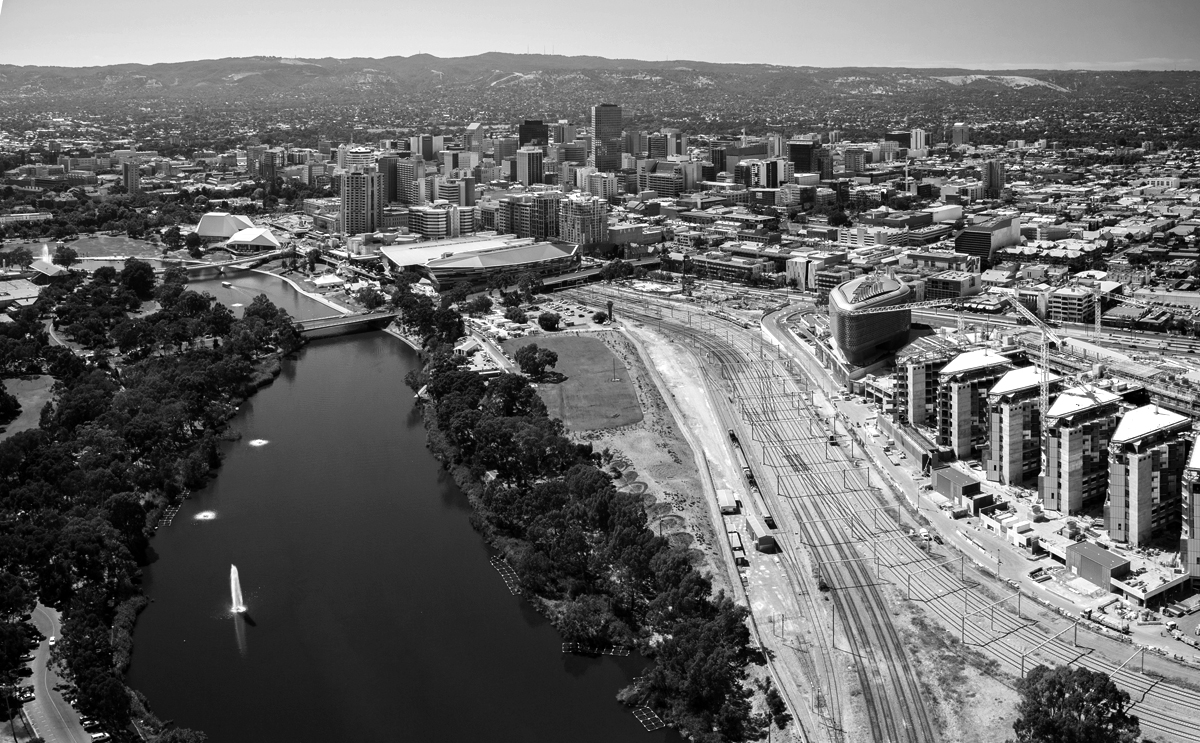
The Australian Institute of Architects‘ annual national conference, How Soon Is Now?, was held last month in Adelaide. Creatively directed by Cameron Bruhn, Sam Spurr and Ben Hewett, it explored the “agency of architecture to make real changes in the world.”[1] The directors identified the expansive conversation of last year’s conference, Risk, as a precursor, and proposed to “empower architects to actively participate in the massive transformations occurring to our cities, societies and the sustainability of our planet.”[2]
Around 1,100 delegates attended this year, almost all of whom arrived from interstate. The usual crowd of familiar Melbourne faces made the city feel like home, with the Pink Moon Saloon by Sans-Arc Studio (of recent Architecture Australia fame) frequented well into each night. I was also fortunate to meet some of the local contingent, and be taken out for drinks and late night yum cha. It was an energising reintroduction to a city I haven’t visited for years, and like the Making conference in 2014, a reminder that good Australian architecture, food and culture extend well beyond the parochial borders of Melbourne and Sydney.
How Soon Is Now? developed many patterns of its recent predecessors.[3] Once again, there was a clear delineation between Australian and international speakers, with the former confined predominantly to roles of commentary or criticism. Indeed, none of the keynote speakers were both Australian and working in Australia.[4] And true to Bruhn, Spurr and Hewett’s focus on agency, a sizeable number of speakers weren’t architects at all, but allied professionals engaging with the built environment through non-traditional models.
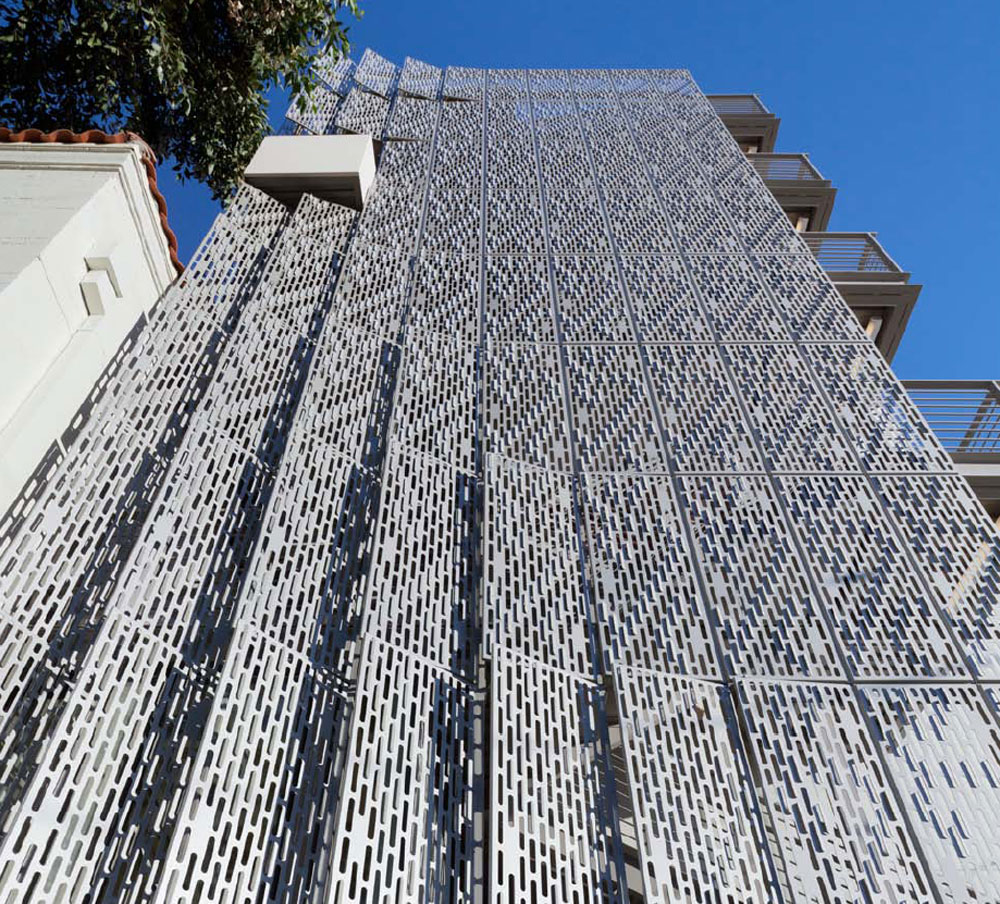
28th Street Apartments by Koning Eizenberg, Los Angeles
In focussing on agency and change, How Soon Is Now? paid real tribute to the themes of risk and reward covered last year. There are similarities with Alejandro Aravena’s Venice Biennale too, which has just kicked off and runs until November. All three events demonstrate a keen interest in the social, political and economic contexts of architectural practice.[5]
Hewett neatly summarised the directors’ very broad agenda in their opening address, promising that the conference would ask “how architecture is dealing with tomorrow’s problems today.” The two days that followed revealed a diverse interpretation of what these problems might be. Climate change, population growth, overcrowding, refugees, transport, gender inequality and the widening gap between rich and poor all put in appearances.
To curate this diversity, the conference was split into two days of distinctly different ambitions. Day 1 examined what’s happening now, while Day 2 speculated on what happens next: the present then the future; evidence then strategy. The conference title, derived from The Smiths’ powerful 1985 rock ballad, shed further light on the directors’ intentions. It imbued the discussion with a sense of urgency, even panic.
When you say it’s gonna happen now
Well, when exactly do you mean?
See I’ve already waited too long
And all my hope is gone[6]
How soon is now? Never soon enough.
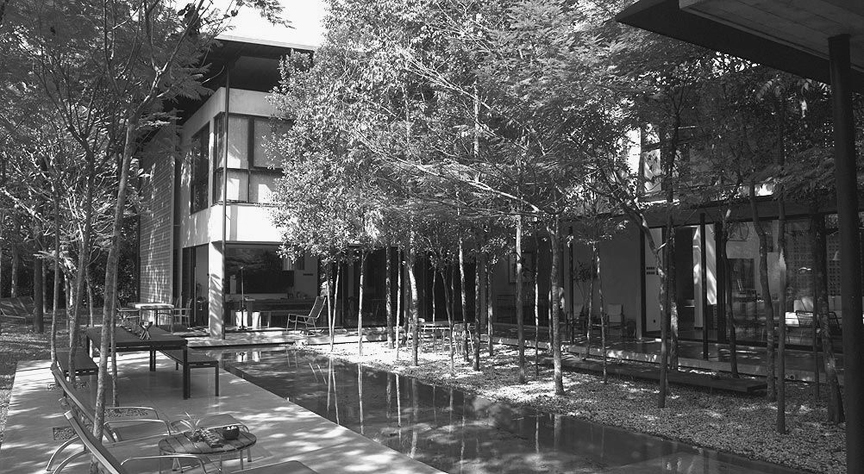
Safari Roof House by Kevin Low, Kuala Lumpur
The prevalence of non-architect speakers, together with panel discussions at regular intervals, had what I imagine was an intended side-effect: the glossy image was firmly sidelined in favour of critical conversation. Indeed, barely a handful of actual buildings were presented across both days. This focus away from built form was not received universally well by the delegates, one of whom bailed on the conference entirely and spent Day 2 touring a local wine region instead. The more I reflect on the experience however, the more I realise that Bruhn, Spurr and Hewett crafted a remarkably well choreographed event of two acts. Evidence and strategy; present and future; context and closure. Too many pretty pictures would have distracted from the central themes, and neither day made sense without the other.
Day 1 – Evidence
Keynote speakers
Nasrine Seraji, France
Vicente Guallart, Spain
Sadie Morgan, England
Jeffrey Schumaker, United States of America
Julie Eizenberg, United States of America
Amica Dall, England
David Sanderson, New South Wales
Panellists
John Wardle, Victoria
Greg Mackie, South Australia
Andrew Beer, South Australia
Sharon Mackay, South Australia
Abbie Galvin, New South Wales
Gabrielle Kelly, South Australia
Nick Tridente, South Australia
Maree Grenfell, Victoria
Sandra Kaji-O’Grady, Queensland
Charles Rice, New South Wales
Day 2 – Strategy
Keynote speakers
Astrid Klein, Japan
Urtzi Grau and Cristina Goberna Pesudo, Australia
Kevin Low, Malaysia
Thomas Fisher, United States of America
Panellists
Angelique Edmonds, South Australia
Ken Maher, South Australia
Tim Williams, New South Wales
Matt Davis, South Australia
Karl Winda Telfer, South Australia
Timothy Hill, Queensland
Kerstin Thompson, Victoria
To further explore the above, the conference program can be downloaded here.
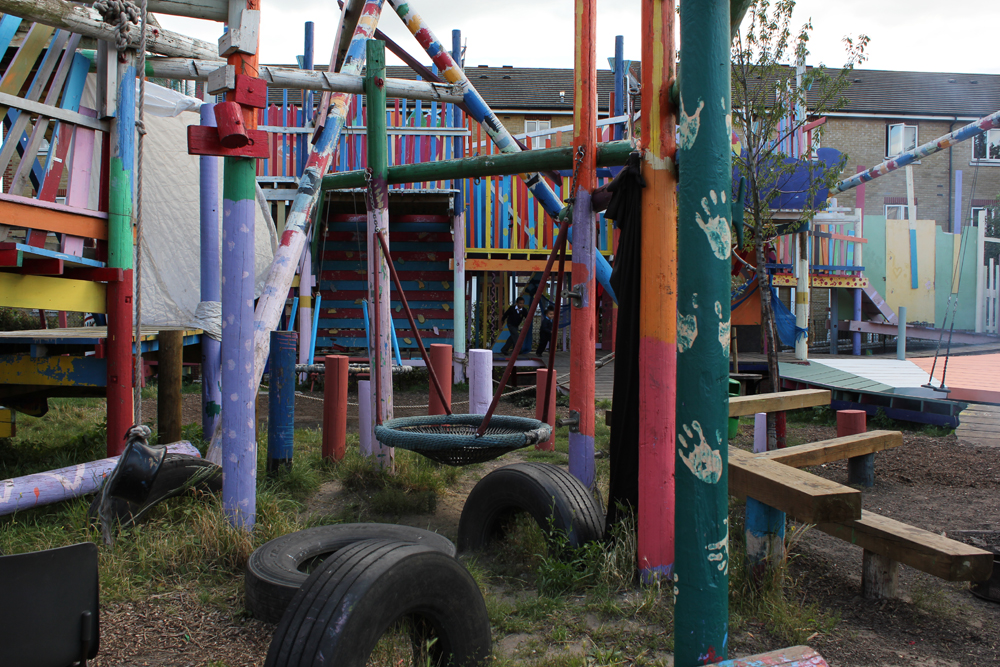
Glamis Adventure Playground, London
Day 1 – Evidence
As an exercise in context, Day 1 cast an unexpectedly depressing light on the shortsighted decision-making that plagues Australia. Guallart, Morgan and Shumaker were particularly brutal. Each shared insight into exemplar major infrastructure projects happening elsewhere, unhappy reminders of the positive outcomes achievable when city planning is divorced from politics.
The UK is investing in a high speed rail link that will eventually connect its entire southern half, and has placed Morgan in a central role to ensure that good design is at the heart of its implementation. She observed that the massive size of the project and the billions of pounds that will be spent on it don’t obviate the need for good design. Big things still need to bring small moments of joy to the everyday. Barcelona meanwhile is currently demolishing an elevated highway that runs through the centre of the city, one built only 25 years ago. Despite this emerging as a trend amongst some cities eager to undo the damage done by the car-obsessed 20th Century, to even suggest such a thing here is unimaginable.
These examples of foreign ingenuity were simultaneously inspiring and heartbreaking. It’s all Melbourne can do to get a new metro built, whether or not its design is any good is barely part of the conversation.
Every theme that emerged seemed only to hold up an unflattering light to its local counterpart. Eizenberg presented a glimpse into her studio’s extensive portfolio of social housing projects, anchoring her discussion in broader ideals of social benefit and civic duty, “We’re not saints, we’re just income blind. It doesn’t matter how much money someone has, we believe they still deserve a house.” In Los Angeles, only 20% of the housing stock can be afforded by people on the median wage. I imagine a similar statistic would hold for Melbourne and Sydney, where housing is treated as a commodity not essential infrastructure.
From the panel discussion I attended after lunch, Culture and Development, I was interested to hear Beer discuss the idea of disintermediation, or the erasure of the middle-man. It’s a role already under substantial threat in many markets, will architecture be next? He asked casually who will become the Amazon of architecture, as though this manifestation lies somewhere in the future, though alarmingly I suggest it’s already happening.
Across Day 1, the speakers championed architecture beyond or even without form, a fundamental idea that to me was at the very centre of the entire conference. Morgan discussed the politics of good design outcomes; Eizenberg proposed that design should begin from social function; Dall peeled back the skin of form entirely; and Sanderson urged architects to think beyond the naïve form-making that dominates most disaster relief housing.
There was great value in much of this content, though it was hard to find hopefulness in it. Dall and her fellow Assemble Studios director, Giles Smith, in some ways encapsulated this despair with their highly critical assessment of the carefully designed Granary Square in London, and contrasting enthusiasm for the evolved or undesigned chaos of Glamis Adventure Playground. I couldn’t help but feel that architects are no longer in a position to be champions of the built environment, doomed instead to faff about at the edges while the real business of our cities gets done elsewhere.
I trudged out of the conference centre feeling pretty glum.
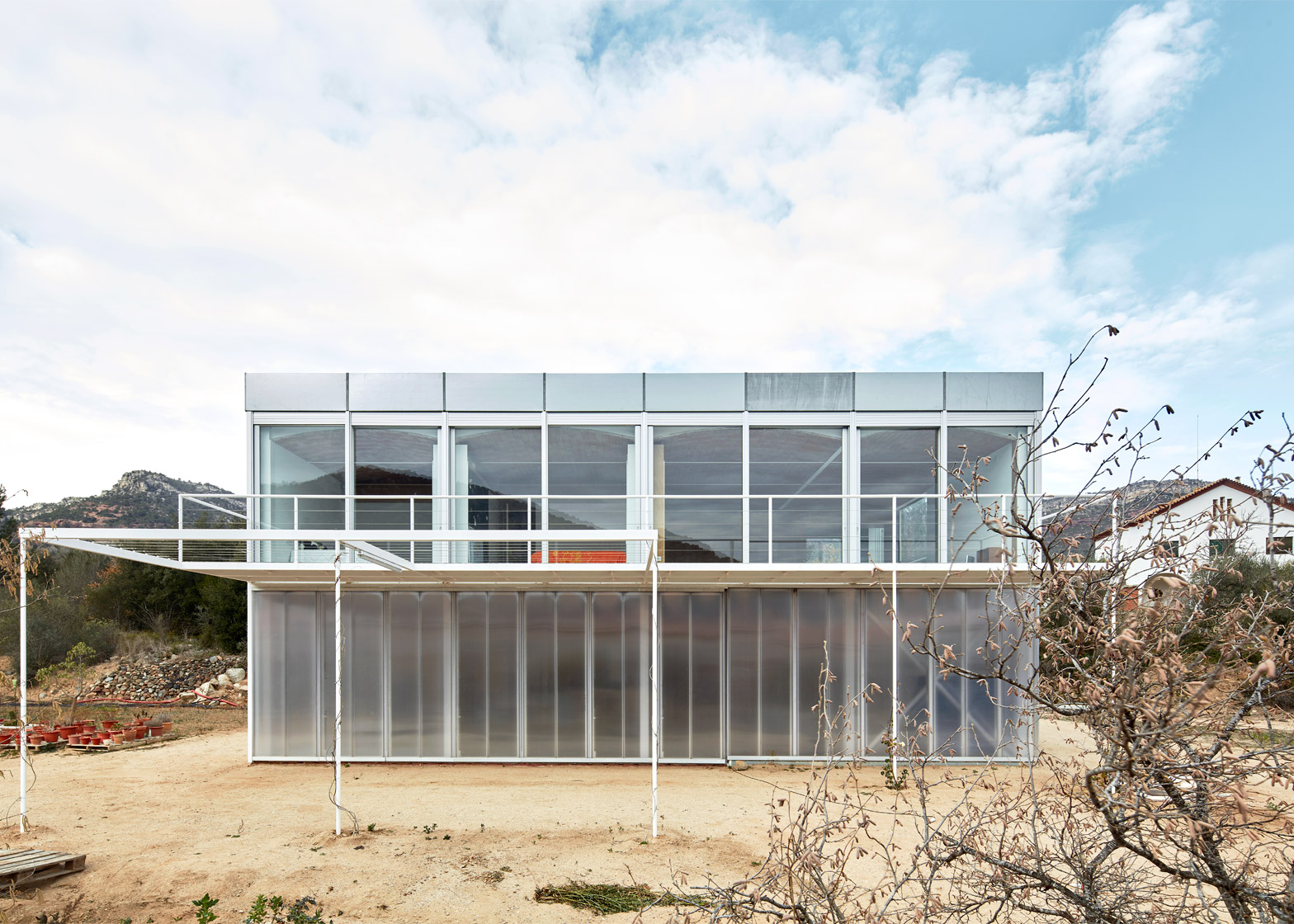
OE House by Fake Industries Architectural Agonism and Aixopluc, Tarragona
Day 2 – Strategy
Mercifully, the morning session of Day 2 was a refreshing antidote. Klein opened with a burst of cheerful pragmatism, calling her lecture “More than architecture” and discussing opportunities for value creation in what were otherwise pretty unremarkable commissions.[7] Grau and Pesudo followed with a handful of relentlessly conceptual projects, including some insightful discussion of their shortlisted Helsinki Guggenheim competition entry. I was particularly taken by Pesudo’s characterisation of the Finnish sauna as one of the most sophisticated civic institutions of our era: a group of naked, sweating strangers beat each other with branches in the dark, and reach consensus on the sauna’s ideal ambient temperature.[8]
Low closed out the morning session with a repeat of his superb Australian lecture tour in 2013, an act of laziness that at first made me question his inclusion in the conference program. Surrounded on all sides by architects with eyes firmly focussed on the future, Low’s work is sublime but anachronistic. He spoke of the sacred and the profane, of embracing imperfect construction, of subtlety, nuance and richness in the built form. He is the embodiment of the 20th Century architect, the sole-practitioner, the master craftsman. I felt he would have been perfectly at home amongst the speakers at Making, but what on earth was he doing at How Soon is Now?
Three important things, as I discovered.
First, he was the typist sitting in a room full of computer scientists. At times grumpy, he pushed and prodded and complained. It was fun to watch his panel discussion, Advocating Futures, and I’m pretty sure he deliberately provoked Pesudo with a scathing critique of the value of contemporary architecture. He was an important addition to the discussion, not so his nostalgic position might triumph, but to provide a critical lens through which to examine the alternatives.
Second, he offered the most sensible target for architectural advocacy I’ve ever encountered. In a brief respite during the Advocating Futures panel, where Hewett facilitated Twitter questions from the audience, I asked the panellists how and where they thought advocacy should be directed. Low said simply, “Education”. In a world changing under our feet, with scarce resources to impact public opinion, and architects regressing in our capacity to contribute to the city, how better to prepare for the future? By teaching architecture students how to be something other (and more) than an architect. The right word in the ears of the thousands of architecture students who graduate each year might yield our profession’s Steve Jobs, Larry Page or Elon Musk.
And third, Low’s entire lecture revolved around the opposition of form versus content. He argued that the best architecture derives from content, from narrative, and eschews the glossiness of perfect form. It was a familiar position that resonated with much of the discussion on Day 1, but took the important step of explaining why the profession’s obsession with starchitecture, formalism and the consumption of the glossy image are impoverishing the built environment.
I interpreted the narrative-driven craft of Low’s work as a metaphor for the need to develop a similarly narrative-driven commitment to the entire profession’s output. We need to reign in our adulation of the newest chunk of self-indulgent formalism and establish new territory as essential agents in the development of cities, economies and culture.
The two panels I attended on Day 2, Transforming Populations and Advocating Futures, further explored these themes. In particular, Guallart lamented that “Architecture is suffering because it has more to do with fashion than with building the city. The Bilbao model hurts the built environment – governments now think that they just need to deliver an icon, no further discussion needed.” From many angles and in many discussions, both days criticised the shallowness of form and praised the delivery of content.
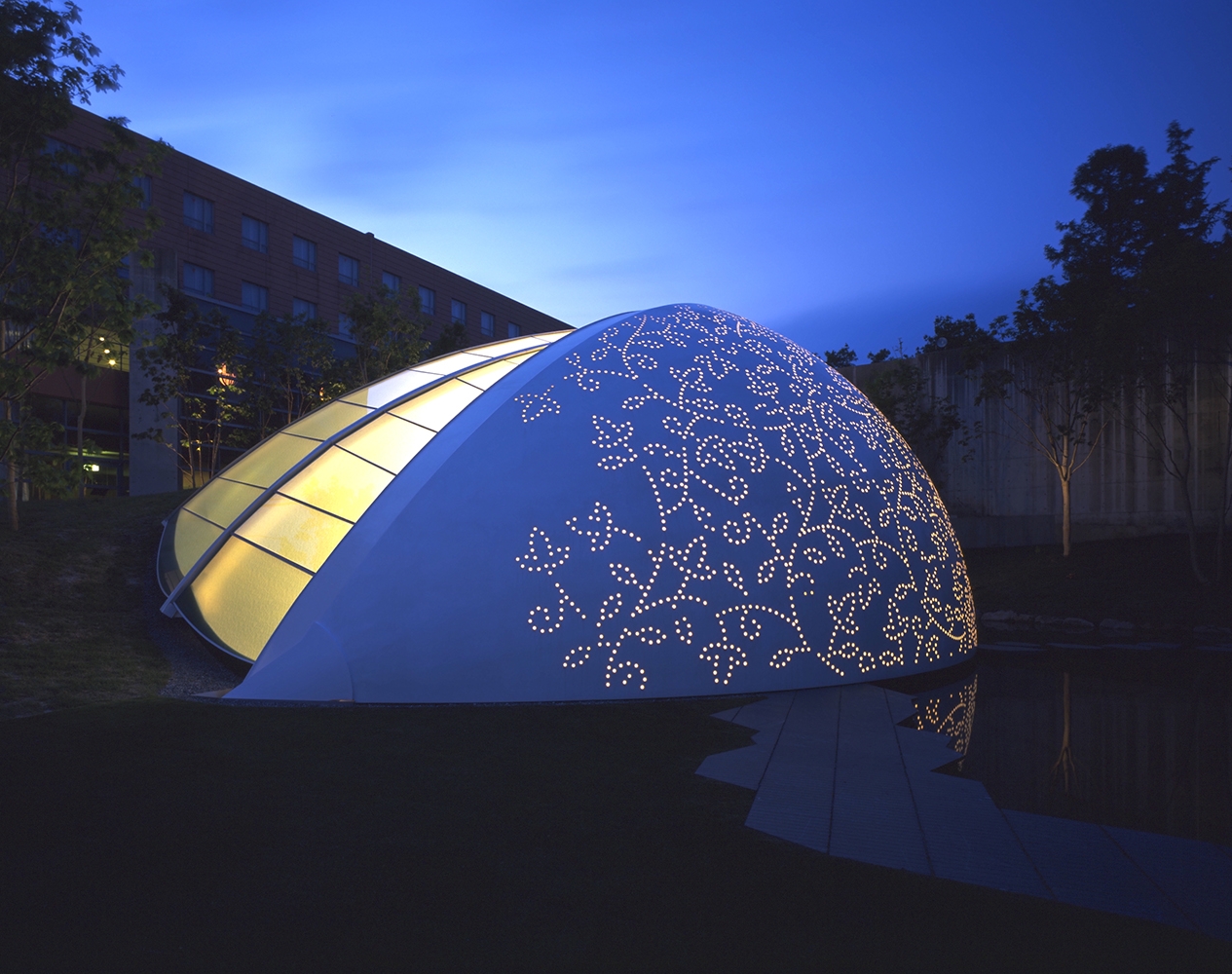
Leaf Chapel by Klein Dytham, Tokyo
Agency and the future
During afternoon tea on Day 2, energised by the Advocating Futures panel, a few colleagues and I enjoyed a vigorous discussion on the subject of the future. We spoke about the traditional role of the architect, and pushing beyond its boundaries. Rory Hyde’s excellent book on the subject, Future Practice, got a mention. We discussed computer coding, and its role in the frontier of new economies, in disrupting seemingly unshakeable markets from books to taxis to holidays. We touched on the sophisticated problem solving performed by architects and its relevance in activities beyond the making of buildings. And we discussed education – if the scope of the traditional architect is diminishing, and there are as yet unformulated roles ripe for our involvement, how should the universities prepare graduates today for the opportunities of tomorrow?
It was an exciting conversation, feverish even. It gathered together all the many threads covered in the preceding two days and narrowed my focus to a single question: what is the architect of tomorrow?
A moment later, I was sitting down for the final keynote of the conference. Thomas Fisher took to the stage, and in a truly cosmic reflection of our casual conversation, set out to answer this very question. “There are a lot of opportunities for architects to continue to design buildings. But there are many, many more non-physical systems that would benefit from an architect’s design attention. We could all have more work than we could ever address in our lifetimes.”
He argued strongly for an expansion of the role of the architect, speculating we could become, “Public intellectuals, provocateurs, visualisers, unsolicited strategic thinkers, generalists, holistic thinkers, strategists, pragmatic futurists.” As part of the making of buildings, we might proactively shift our services to the savings side of the spreadsheet, servicing “the economic structures that surround and facilitate architecture.” And beyond buildings, we might engage with the sharing economy, actively designing for initiatives like AirBnB that make more intensive use of a city’s scarce spatial resources.
It was a much-needed conclusion to a conference that had just spent two days ripping apart the value of architectural activity.
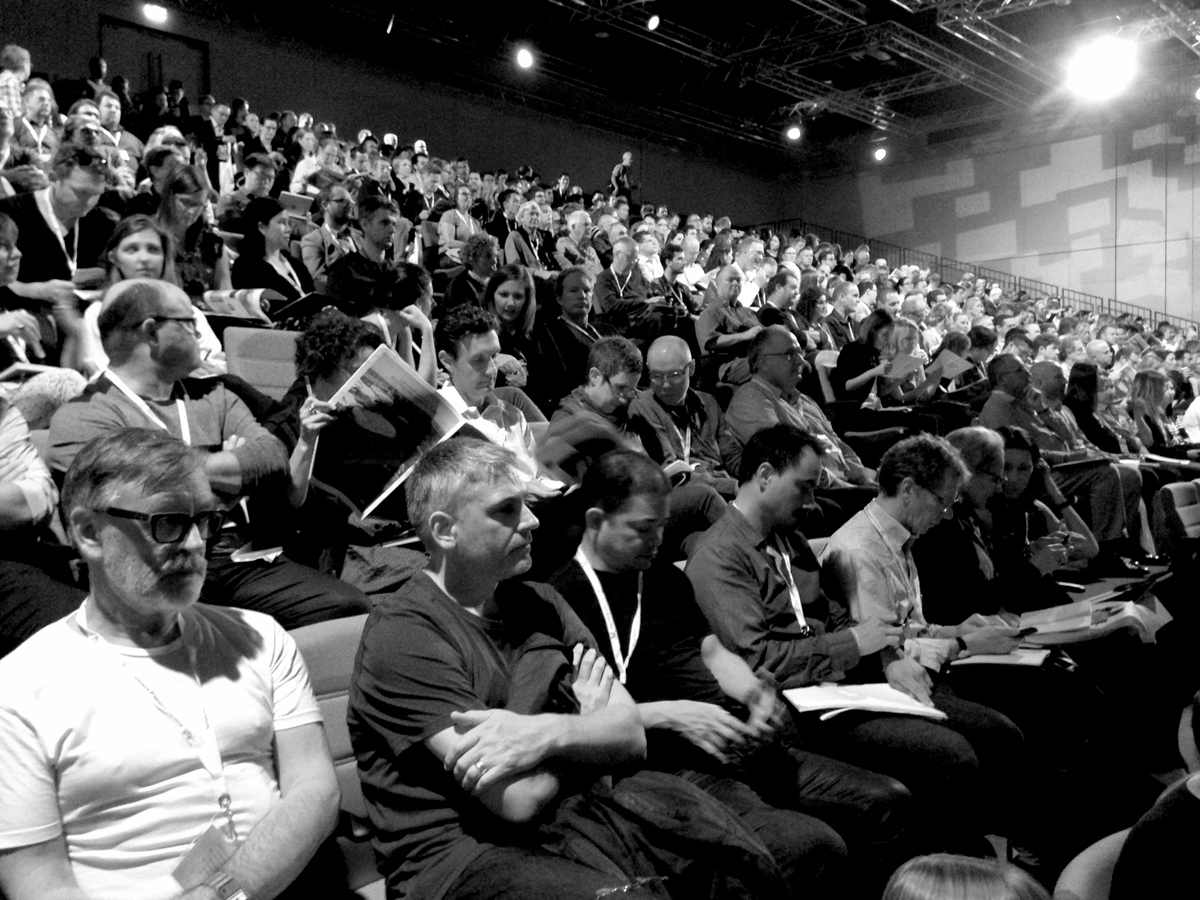
So despite the rocky start to How Soon Is Now?, I’m glad I hung around for the punchline. I enjoy attending the conference each year for a number of reasons. It’s an opportunity to take a step away from the minutiae of life as a practicing architect. I catch up with people I don’t see all that often and chat avidly about architecture with them. I learn some things, and get inspired to do some others. Low’s contribution to the conference might have crystallised the parameters of the debate on form versus content, but it was Fisher who made the most interesting suggestions on how to act on this acknowledgement.
Heading home after any good architecture event, I struggle with the concept of inspiration. What do I do with the things I learn? How can I internalise and act on them, make use of the event beyond the silo of its own neat calendar slot in my life?
Last year, Risk compelled me to take on more risks in my business. After five years of running Mihaly Slocombe from our spare bedroom, we finally moved into a proper office that now doubles as a profit-making coworking environment. Well, almost profit-making, it’s early days yet. Still, the key ingredient was to exploit our skills as architects in crafting a working environment for others, a small yet successful instance of speculative agency.
How Soon Is Now? has left me with a similar itch.
I find myself eager to seek opportunities outside the traditional model of architecture practice. What can I do that will buffer our studio against the storm that’s approaching? How can we use our carefully honed skills in creative thinking, systems design and problem solving to benefit the world beyond our small collection of private clients?
We stand at an important moment in time, with the threat of great change in our profession, the built environment and even the planet looming in front of us. How Soon Is Now? captured this moment perfectly, imparting both desperation and hope.
In particular, the agency of architects is under threat. Our traditional model of practice is tied strongly to the old way of doing things, and continues to steadily diminish in its scope and opportunity. Global markets, the sharing economy, the internet of things, disintermediation are all poison pills for the profession, yet most of us continue to blithely practice in the way we always have. If the current generation of architects continues on our current path, will there even be a profession for the next?
Footnotes:
- Cameron Bruhn, Sam Spurr and Ben Hewett, creative directors; How Soon Is Now? overview; accessed May 2016.
- Ibid.
- A full list of my reviews and interviews from past conferences can be accessed here.
- Julie Eizenberg was born in Australia but practices in Los Angeles, David Sanderson from the University of New South Wales works in Australia but is American, and Urtzi Grau and Cristina Goberna Pesudo work in Australia but are Spanish.
- For some insightful reflections on the Biennale, see Jeremy Till; The architecture of good intentions; transcript of a talk given in Venice; May 2016.
- Steven Morissey; How Soon Is Now?; From the album Meat is Murder by The Smiths; 1985.
- I almost wrote value adding but couldn’t bring myself to use a phrase that has been so utterly disembowelled and shamelessly co-opted into developer double-speak.
- This in fact underpinned Grau and Pesudo’s Guggenheim proposal, a museum of atmospheres and interiors. Note that this project was completed in collaboration with Jorge López Conde, Carmen Blanco and Álvaro Carrillo.
Image sources:
- Adelaide by Andy Steven; image sourced from Skyscraper City.
- 28th Street Apartments by Koning Eizenberg; image sourced from Detail.
- Safari Roof House by Kevin Low of Small Projects; image sourced from Small Projects.
- Glamis Playground; image sourced from Play by Nature.
- OE House by Fake Industries Architectural Agonism and Aixopluc; image sourced from Dezeen.
- Leaf Chapel by Klein Dytham; image sourced from Klein Dytham.
- Adelaide Convention Centre theatre; author’s own image.